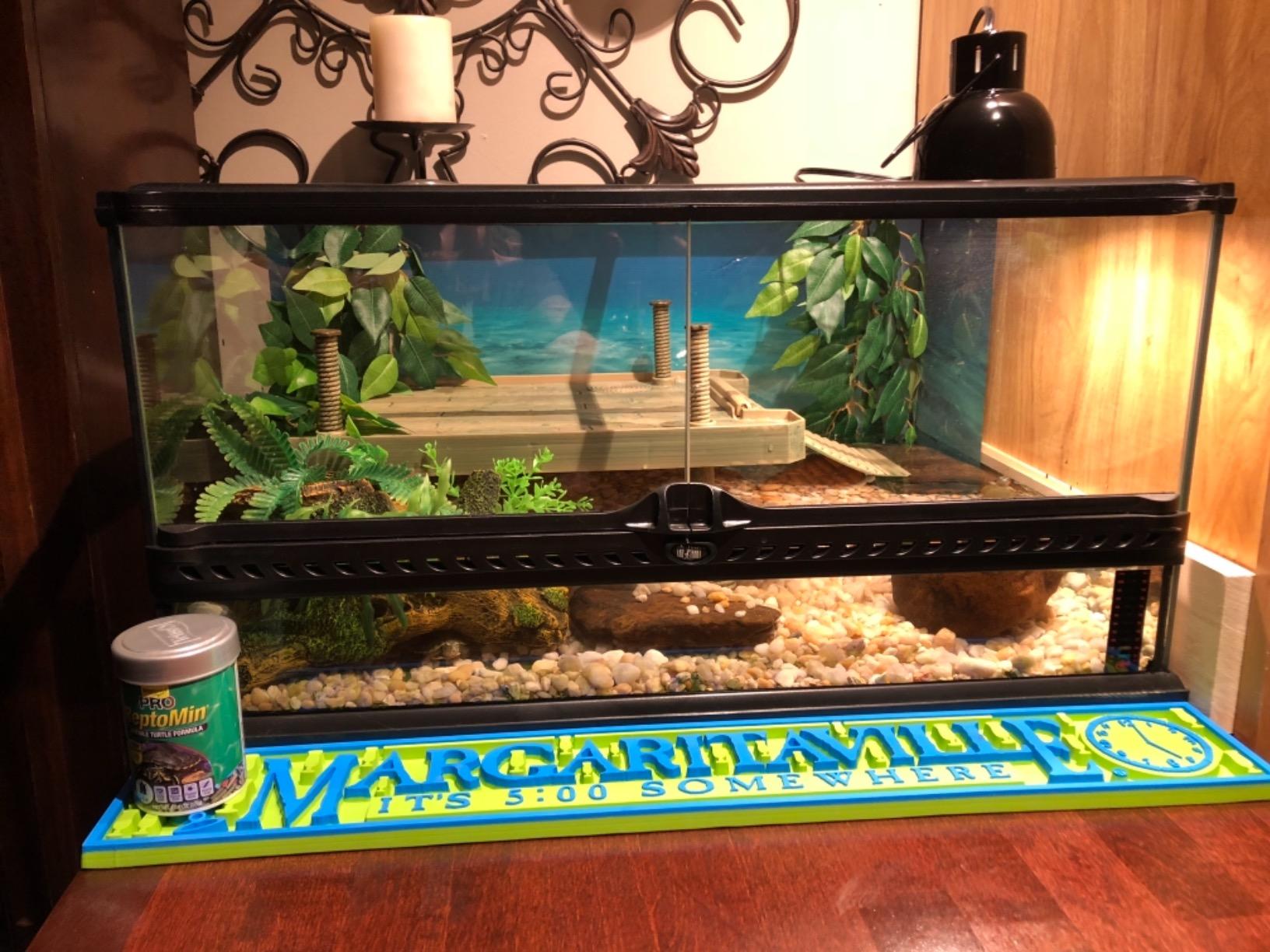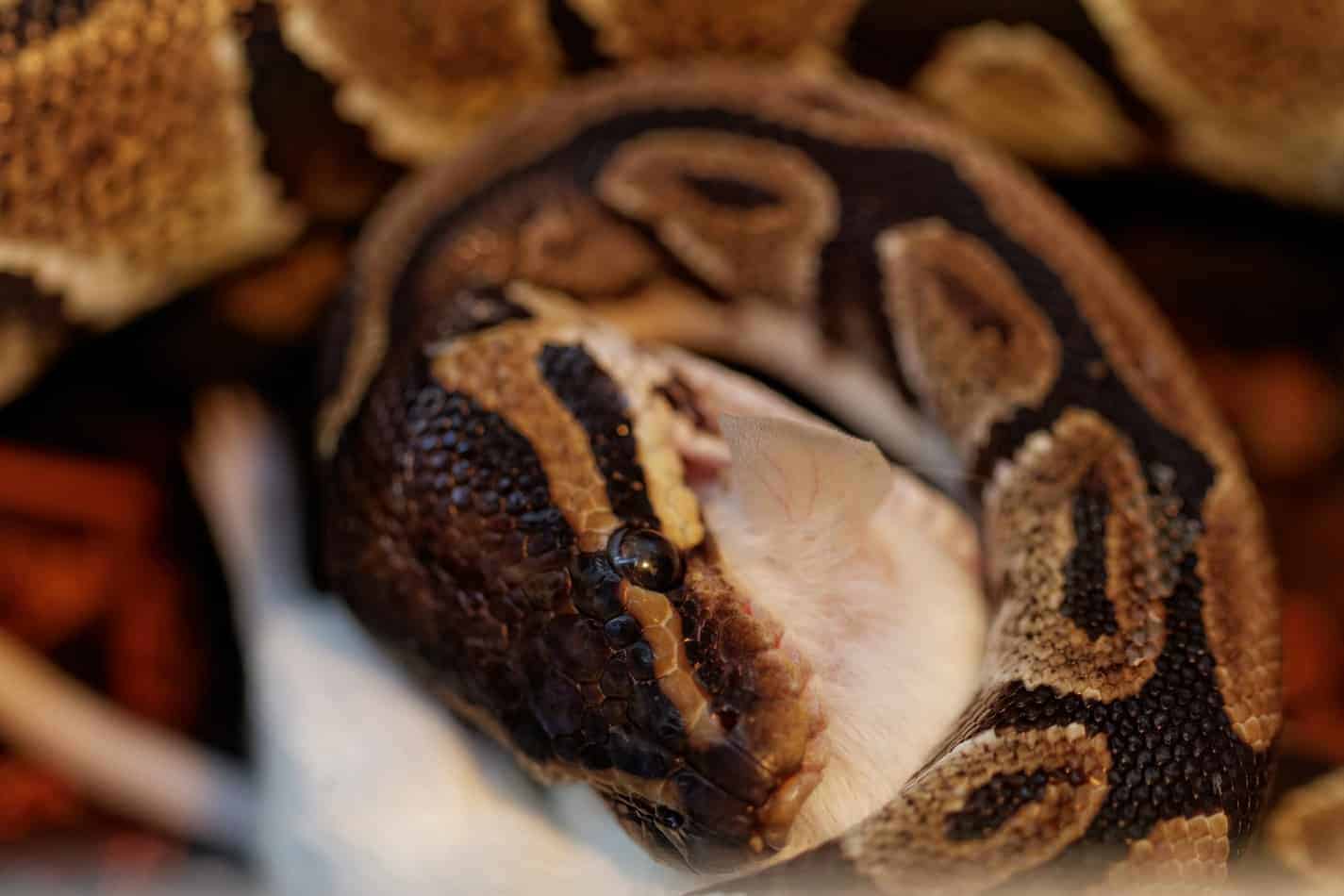Ball Python Tank Temperature: What Temp Should My Ball Python Tank Be? This question will be dealt with extensively in this article.
You should understand that any animal kept in captivity needs extra care and attention. This is because on many occasions, being accurate in giving them all they need is challenging. It’s even more challenging to a beginner who lacks much information about the animal. These essential needs span across diet, size of enclosure, habitat set up, and even the ideal temperature range. This is why this article is designed to walk you through all you need to know about ball pythons and the ideal temperature you should keep them.
Ball pythons are nonvenomous species of snakes that are native to Africa. Specifically, the Western and Central part of Africa. In these regions where they are native to, it is usually warm and moist with a temperature gradient of 88° F – 92° F. This implies that an ideal temperature for your pet ball python will be that which simulates its natural environment, as well as a large enclosure that will give room for the animal to stretch.
Let’s delve into the article in detail.

Contents
Ball Python Tank Temperature: What Temp. Should My Ball Python Tank Be?
Ideally, to successfully keep ball pythons in captivity without any health issues, the appropriate temperature range on the warm and cool side should be 80° F – 85° F and 75° F – 80° F respectively. Also, your pet will need a basking temperature of 88° F – 92° F and a 50% – 60% humidity range. Note that the basking area should be provided on the warm side of the enclosure.
Space temperature for pythons.
- Best temperature and humidity: The best temperature is from 77-86 ° F, the humidity is about 60%. If the summer room temperature is higher than 91.4 ° F, you should change the location but do not place the baby in the air-conditioned room.
- Heating in winter: heating cushions, heaters, etc. to warm pythons (when the temperature is below 68 ° F, it will stop eating, under 50 ° F, it may die)
- Cage: Usually use a wooden climbing box, PVC box, storage box (pay attention to ventilation fan). If you want a nicer cage, you can buy it outside. For example, a cage below.
- Pads: The most common way is to use newspapers without diapers. It is best not to use wooden boards because they easily get a cavity and intestinal diseases when pythons catch prey (unless switching to another sheet when giving eat). When you buy cages from Amazon, the manufacturer has prepared a good environment with the bottom lining, so you will not need to worry about this.
- Note the water environment: avoid water but your pet still needs to bathe to gradually adapt to the environment.

How to improve the space for your pythons
Paper boxes or plastic containers, or flower pots, can be used as decoration. These items are easy to clean. This container should be easy to move and replace and has space to enter. You need a suitable replacement to your pet’s growth size.
Source: Redis
Pythons prefer to sleep in dark environments and to be active at night, even during the day, they prefer dark environments, they prefer to sleep in dark environments that are familiar to them, so don’t give your python too big a nest. .Put 1 to 2 thick enough branches or some usable green plants, your python will want to wrap himself up
The right temperature is a basic requirement for python health. The temperature inside the cage: Keep at 80-84 ° F during the day. While sunbathing keep at 90 ° F, no lower than 73-75 ° F in the evening and 80 ° F in the sunbathing area.
Use a reptile-specific heating pad in a solid case to maintain 68 ° F in the air. Human heating pads can be used, when “high, medium or low” heating pads are used. adjust directly under the housing for solid. When the temperature is below 70 ° F, pythons will stop eating.
Pythons eating, you must know
The python is native to the tropical forest of Africa, South America. It is usually 1m long for breeding and it has become a popular pet today.
When the pythons are properly fed, their horizontal sections will expand in a circle. Like other snakes, they also have a hind limb. The posterior limb also appears on the 2 anal sides. Male pythons have smaller heads compare to female pythons.
Pythons have a high-temperature requirement, 77-86 ° F is the best temperature for pythons. Within this temperature range, pythons grow and develop normally. When temperatures are lower than 75 ° F they will decrease their feedings and di transfer less. When the temperature is below 59 ° F, it will stop eating and be susceptible to disease, below 50 ° F is likely to die.
Burmese pythons in Florida – Wikipedia
Burmese pythons (Python bivittatus) are native to Southeast Asia. However, since the end of the 20th century, they have become an established breeding population in South Florida.
Although Burmese pythons were first sighted in Everglades National Park in the 1980s, they were not officially recognized as a reproducing population until 2000. Since then, the number of python sightings has exponentially increased with over 300 sightings from 2008 to 2010.
Burmese pythons prey on a wide variety of birds, mammals, and crocodilian species occupying the Everglades. Pronounced declines in several mammalian species have coincided spatially and temporally with the proliferation of pythons in southern Florida, indicating the already devastating impacts upon native animals.
Although the low detectability of pythons makes population estimates difficult, most researchers propose that at least 30,000 and upwards of 300,000 pythons likely occupy southern Florida and that this population will only continue to grow. The importation of Burmese pythons was banned in the United States in January 2012 by the U.S. Department of the Interior.
Wikipedia
